The Victoria and Albert Museum (V&A) in London has launched a provocative exhibition detailing the past 400 years of fashion and its impact on the environment. Fashioned from Nature features 300 pieces that showcase how we have both depleted nature and drawn inspiration from it in our endeavor to look good.
A new exhibition at the V&A explores the complex relationship between fashion and nature.
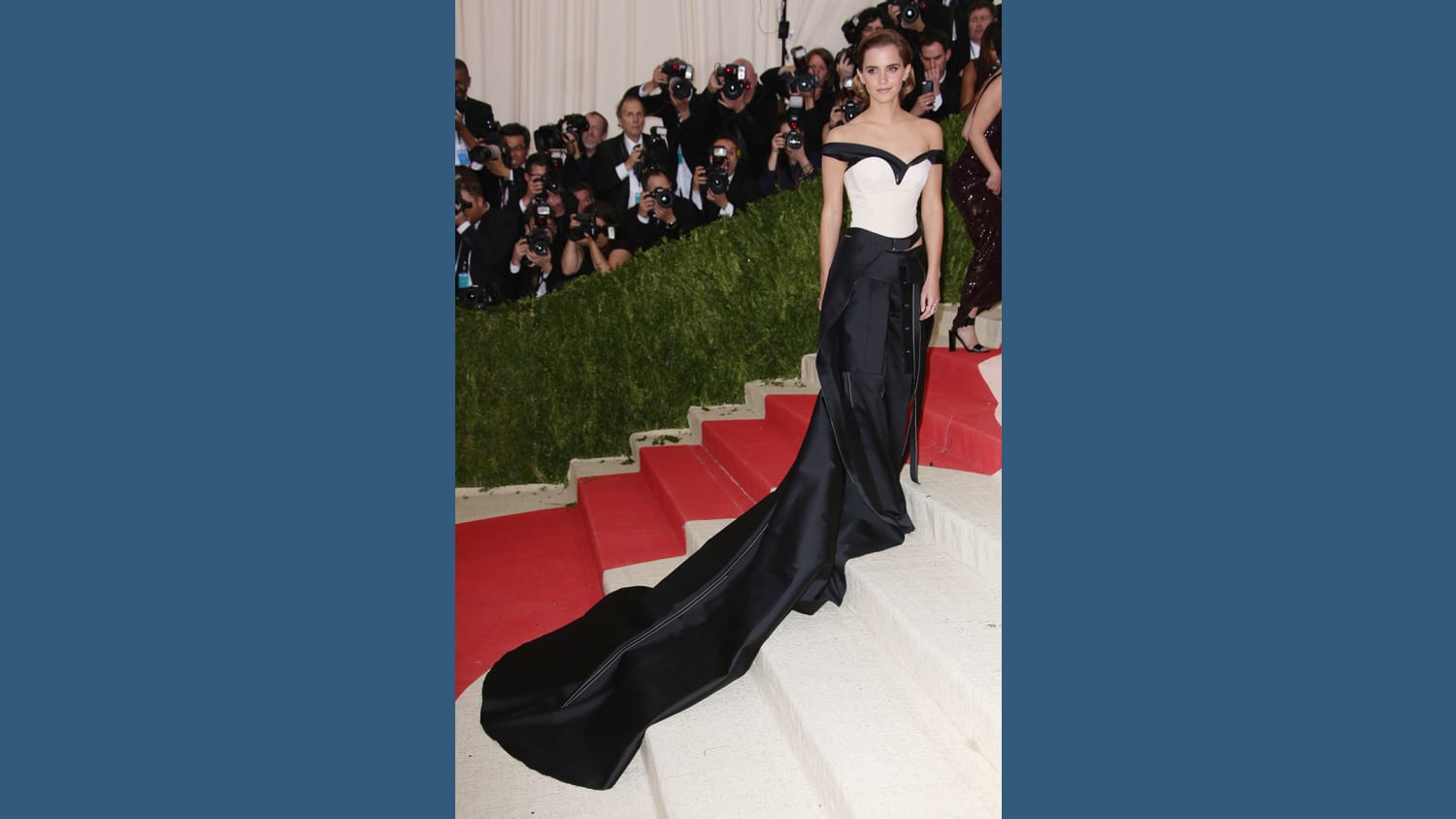
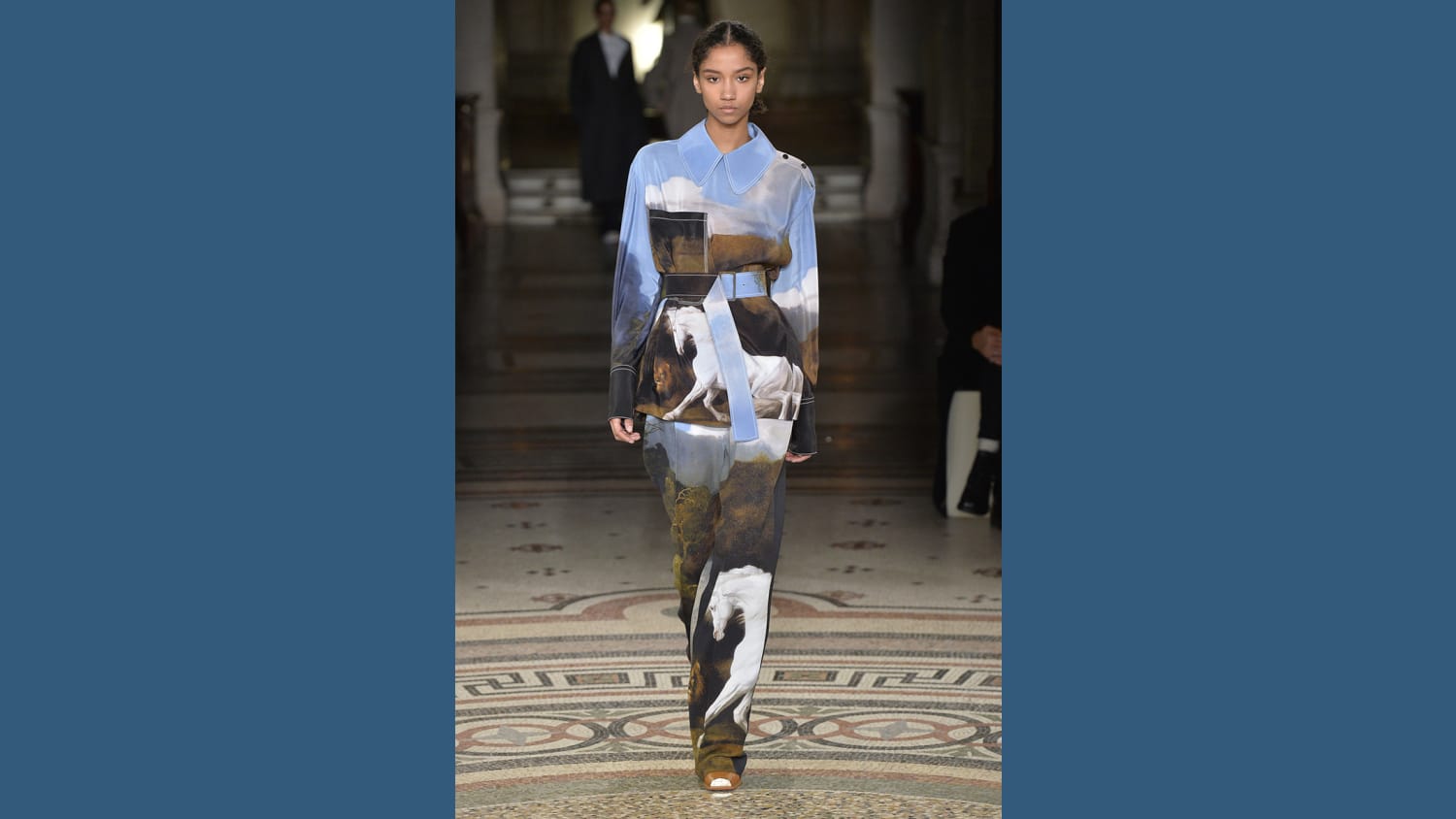
Viewers are confronted with the troubling practices of fashion’s past and present, from the toxic manufacturing of textiles to a brutal disregard for animal life. A pair of earrings formed from the heads of two real honeycreeper birds sits alongside ready-to-wear clothing, mass produced in the 20th century, both detrimental to the environment. These items force the viewer to consider how their clothes are made and the ethical implications of being “fashionable,” particularly when it comes at great environmental cost. A 2017 report by the Ellen MacArthur Foundation found that the textile production is responsible for more greenhouse gas emissions than international shipping and aviation combined.
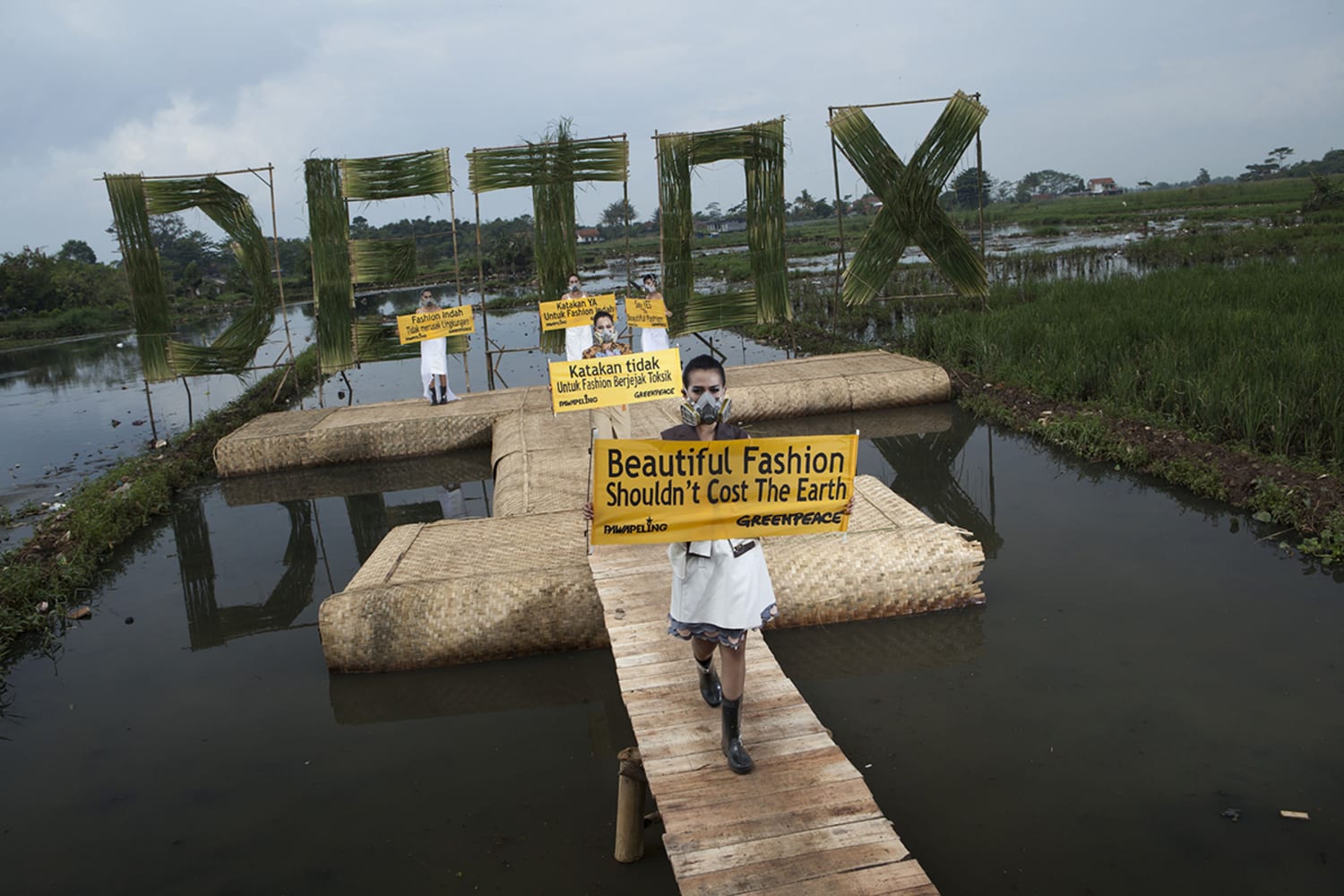
However, the exhibition becomes more hopeful, showcasing designs inspired by nature and the innovative solutions for a more sustainable fashion future. Bolt Threads has bioengineered protein fiber and used mycelium, the underground root structure of fungi, to create a stylish outfit and handbag in collaboration with Stella McCartney. Naomi Bailey-Cooper has attached threaded spun glass and wild rubber to a dress made of ahimsa silk, which is humanely obtained after the silkworm has emerged from its cocoon.
The exhibition also makes the point that sustainable fashion is not just reserved for expensive designer items. A dress from H&M’s Conscious collection is featured, made entirely from plastic recovered from oceans and waterways, as well as a Patagonia jacket, made from polyester recycled from post-consumer waste. Nike’s Flyknit Racer trainers are also on display. Made using computer technology, each panel is knitted to the exact size, thereby halving manufacturing waste.
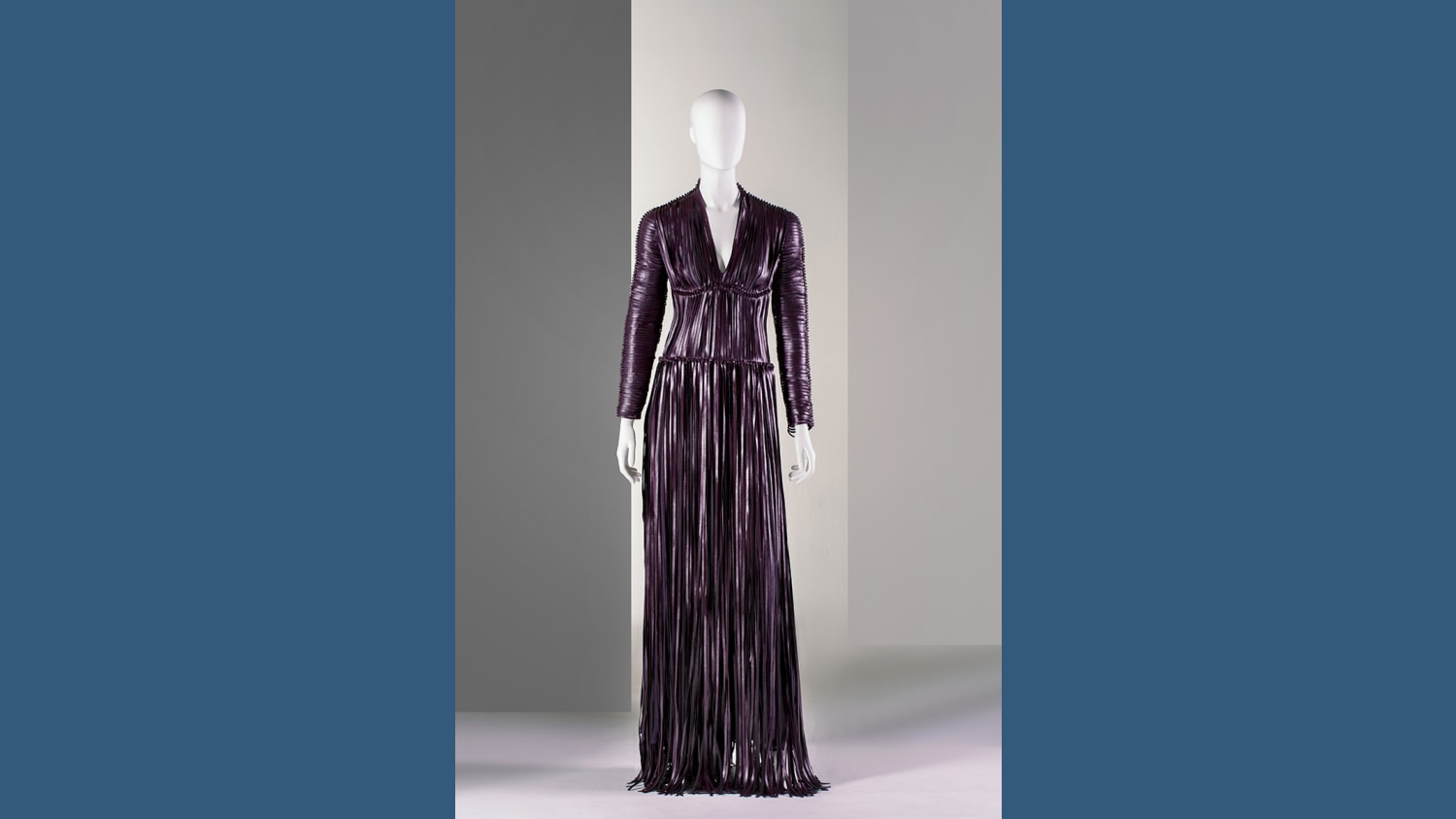

“I think my aim is that one day sustainability is no longer seen as something special,” says Edwina Ehrman, the curator of the exhibition, in an interview with Vogue. “It shouldn’t be a luxury, it should be every day, it should be absolutely hotwired right from the very, very beginning.”
The exhibition successfully faces up to these environmental challenges by demonstrating that sustainable fashion is not only good for the planet but also good for business. In the past month alone, a number of fashion brands have launched new sustainable collections, including Adidas’s new yoga line, made entirely from recycled plastic, and the 2018 edition of H&M’s Conscious Exclusive collection. Consumers are increasingly shifting to conscious purchasing and, according to a 2017 Unilever survey, more than one in five people said they would actively choose brands that made their sustainability credentials clearer.

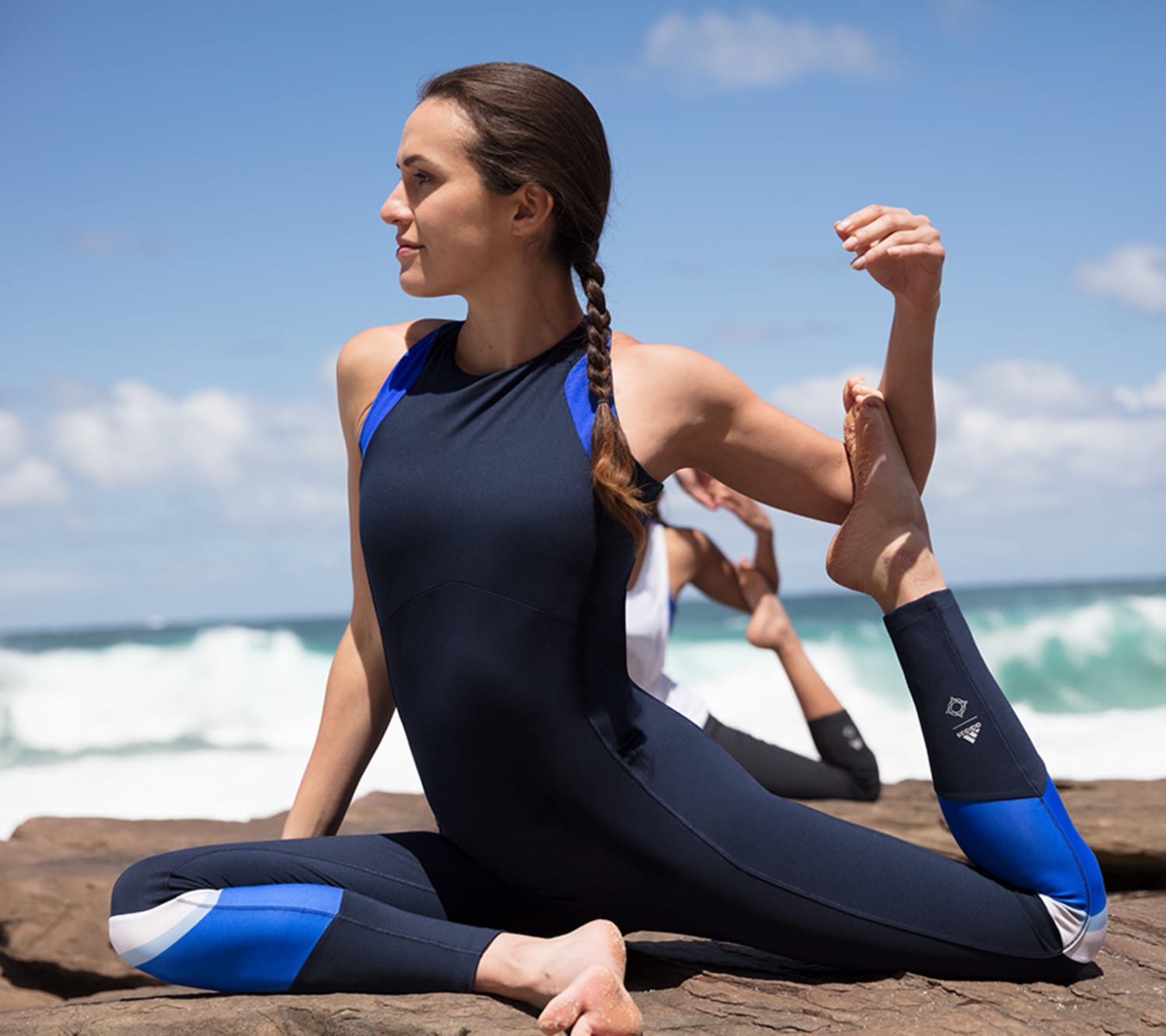
Please provide your contact information to continue.
Related Content

The Customer Relationship Management Marketing Services Landscape, Q3 2025

